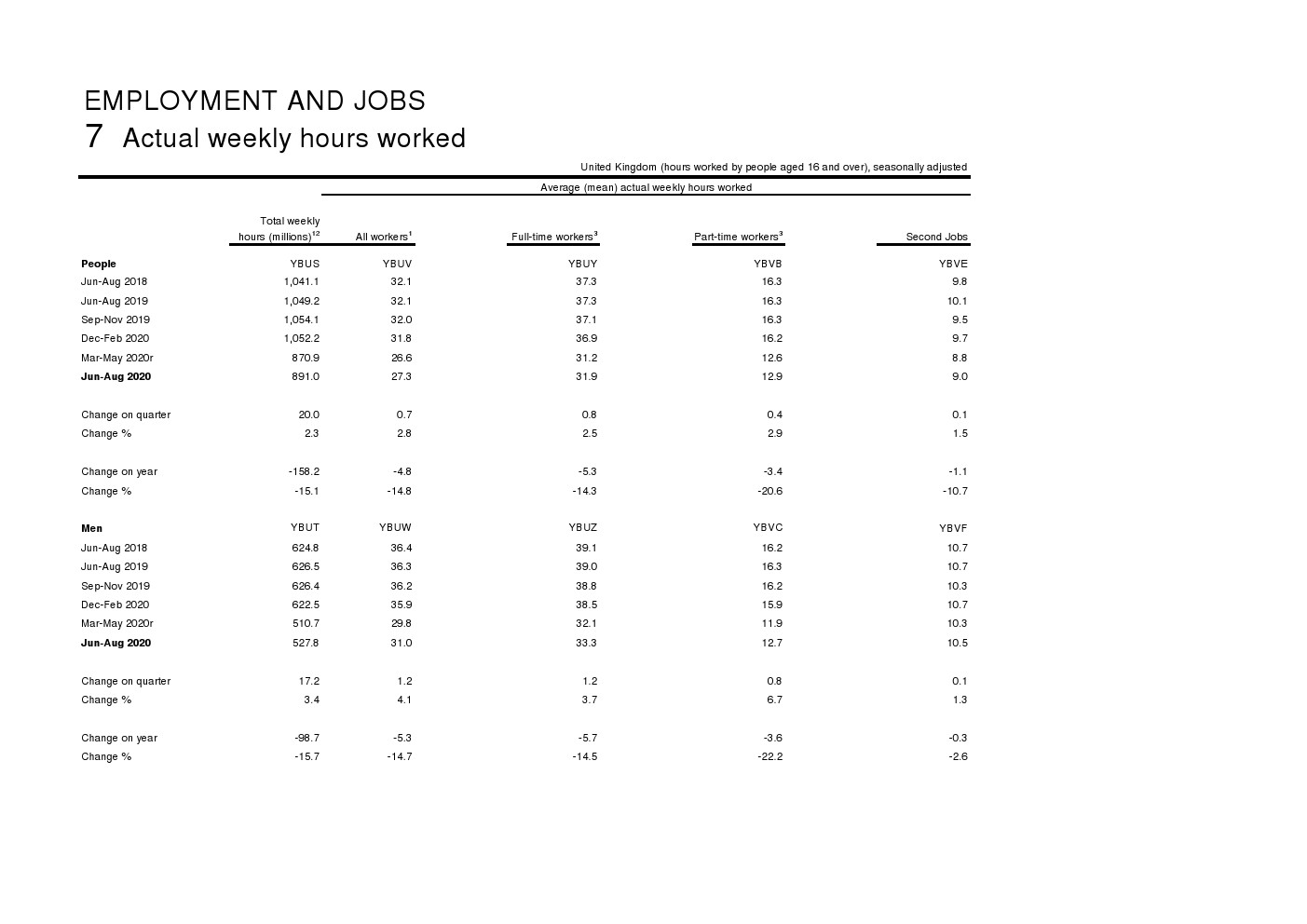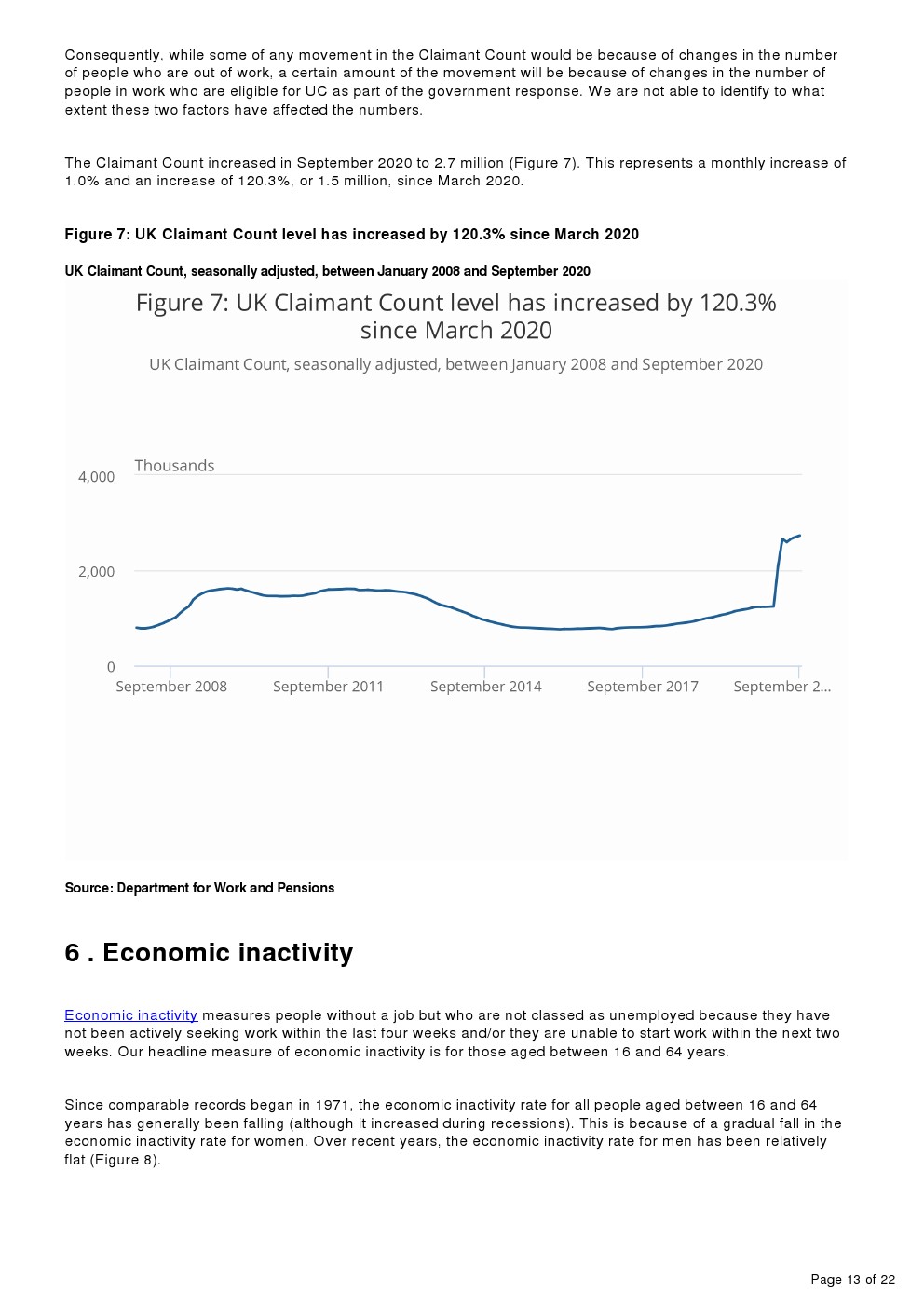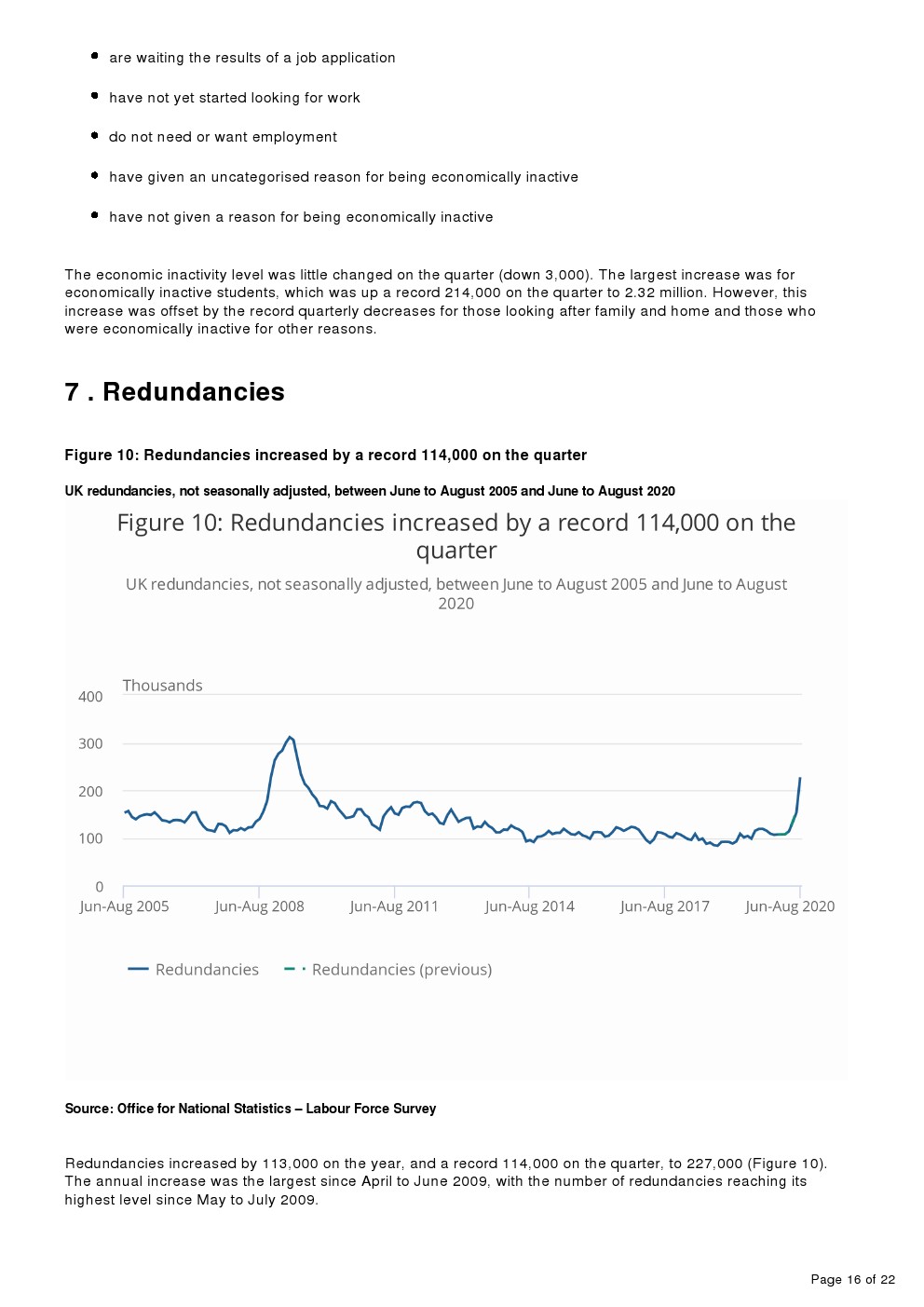摘要:本文分析了英语中失业率上升的现象,并探讨了数据整合在数字化转型中的角色。文章指出,随着技术的快速发展,数字化对各行各业产生了深远影响,导致就业市场发生变化。数据整合在这一过程中起到了关键作用,但同时也带来了就业挑战。文章呼吁关注失业率上升背后的原因,并寻求通过数据整合和其他策略来应对这一问题。
Project Background
In the contemporary era, the rise of unemployment rates has become a pressing issue in various industries. As the economy shifts towards digitalization, the demand for skilled workers has changed significantly, leading to increased job displacement and unemployment. Against this backdrop, our project aims to analyze the reasons behind the rising unemployment rates, emphasizing the importance of data integration in driving industry transformation.
Importance of Data Integration
Data integration is crucial in understanding the intricacies of the job market and predicting future trends. By consolidating various data sources, we can gain a comprehensive understanding of the skills gap, industry trends, and job displacement patterns. This information is vital in policy formulation, job training programs, and career counseling, enabling individuals to adapt to changing job markets. Furthermore, data integration helps identify sectors with high potential for growth, thereby guiding individuals towards more sustainable career paths.
Technical Features
The technical aspect of data integration involves several key features that are essential in analyzing the unemployment rate. Firstly, real-time data collection ensures that information is up-to-date and relevant. Secondly, advanced analytics tools help process and interpret the data effectively, revealing patterns and trends. Thirdly, data visualization tools present the information in a clear and understandable format, enabling decision-makers to make informed decisions. Lastly, cloud computing enables secure storage and access to vast amounts of data, ensuring its accessibility and reliability.
Data Integration Scheme Design
Our data integration scheme involves several stages to ensure comprehensive analysis of the unemployment rate. Firstly, we identify key data sources such as government statistics, industry reports, and job market platforms. Secondly, we collect and consolidate these data using advanced data collection tools. Thirdly, we clean and preprocess the data to ensure its quality and accuracy. Fourthly, we analyze the data using advanced analytics tools to identify patterns and trends. Lastly, we present the findings through data visualization tools, enabling decision-makers to understand the situation effectively.
Implementation Effects
The implementation of the data integration scheme has resulted in several positive effects. Firstly, it has enabled us to identify sectors with high potential for growth, thereby guiding individuals towards more sustainable career paths. Secondly, it has helped us understand the skills gap in the job market, enabling policy makers to formulate effective policies to address the issue. Thirdly, it has enabled us to identify patterns and trends in job displacement, enabling job training programs to be tailored according to market demands. Lastly, it has improved decision-making by providing real-time data insights into the job market.
Challenges and Coping Strategies
Despite the numerous advantages of data integration in analyzing unemployment rates, there are several challenges that need to be addressed. Firstly, data quality is a significant concern as inconsistent and inaccurate data can lead to misleading insights. To address this issue, we need to invest in data cleaning and validation techniques. Secondly, privacy and security concerns are paramount when dealing with sensitive data. We need to ensure strict adherence to privacy regulations and implement robust security measures to safeguard the data. Lastly, cross-departmental collaboration is essential in ensuring successful data integration across various organizations. We need to promote collaboration and communication among stakeholders to ensure seamless data integration and analysis.
Conclusion
In conclusion, data integration plays a pivotal role in understanding the intricacies of the job market and predicting future trends. By consolidating various data sources and using advanced analytics tools, we can gain valuable insights into the reasons behind the rising unemployment rates. This information is vital in policy formulation, job training programs, career counseling, and decision-making. As we move towards a digital future, it is essential to leverage data integration to drive industry transformation and enable individuals to adapt to changing job markets. The challenges associated with data integration must be addressed through effective strategies that prioritize data quality, privacy and security, and cross-departmental collaboration.
Through this analysis, we hope to contribute towards building a more inclusive and sustainable economy where individuals are equipped with the necessary skills to adapt to changing job markets. Data integration holds tremendous potential in driving industry transformation and enabling effective policy formulation. As such, it is crucial to continue investing in this field and exploring new avenues for enhancing its effectiveness in addressing pressing issues such as rising unemployment rates.




 京公网安备11000000000001号
京公网安备11000000000001号 京ICP备11000001号
京ICP备11000001号